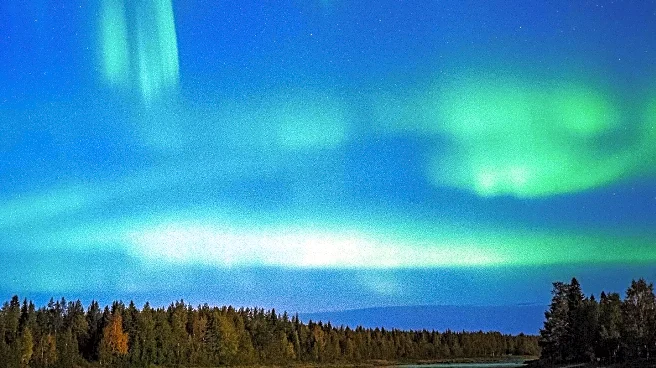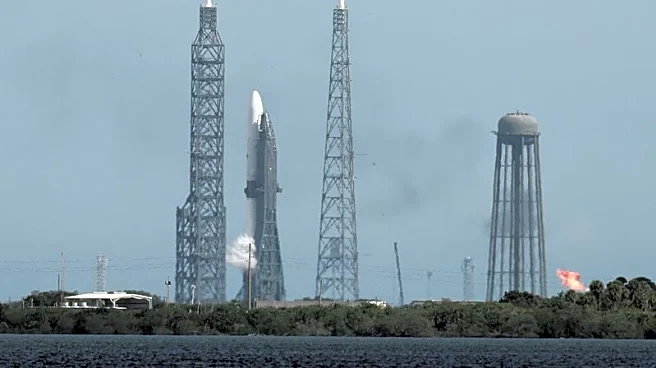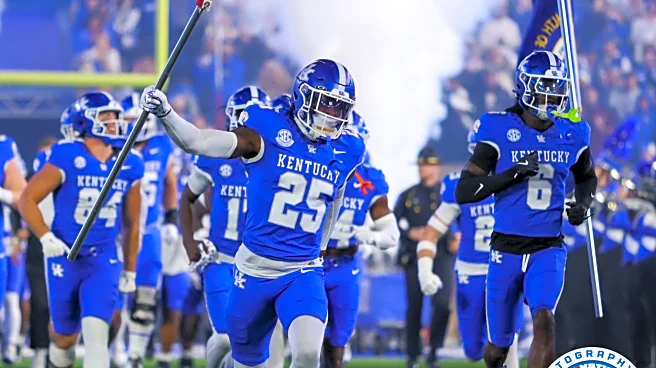What's Happening?
The aurora borealis, typically visible in northern regions, was seen as far south as Tennessee, Missouri, and New Mexico due to geomagnetic storm activity. St. Louis Public Radio's visuals editor, Brian Munoz, shared tips for photographing this rare event.
Munoz emphasized the use of long exposure or night mode on smartphones, avoiding flash, and ensuring stability to prevent blurry images. He also advised finding locations with minimal light pollution for better visibility of the northern lights.
Why It's Important?
The visibility of the aurora borealis in southern states is a rare occurrence, drawing interest from amateur and professional photographers alike. This event highlights the impact of geomagnetic storms on atmospheric phenomena, offering a unique opportunity for individuals to engage with natural wonders. The tips provided by Munoz can help enthusiasts capture high-quality images, fostering appreciation for celestial events and encouraging exploration of photography techniques.
What's Next?
As geomagnetic storm activity continues, the aurora borealis may be visible in more southern locations, including Alabama. Photographers and nature enthusiasts are likely to seek out optimal viewing spots, potentially traveling to areas with less light pollution. This could lead to increased interest in astronomy and photography, as well as discussions on the effects of geomagnetic storms on Earth's atmosphere.
Beyond the Headlines
The occurrence of the aurora borealis in unexpected regions may prompt further scientific investigation into geomagnetic storms and their broader implications. This event could also inspire cultural and artistic expressions, as individuals capture and share their experiences of witnessing the northern lights.
















